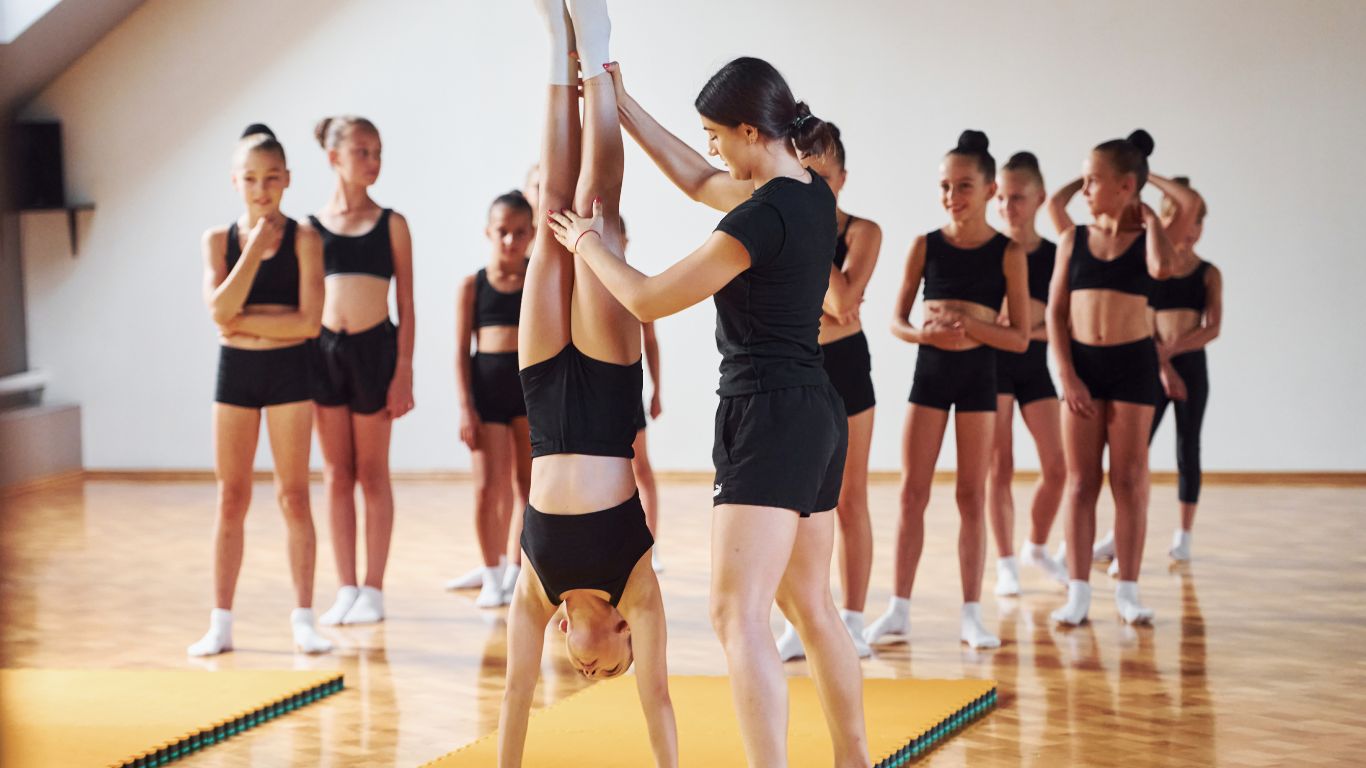Navigating the world of competitive gymnastics can be as daunting as the sport itself, especially when understanding the financial commitment involved. In the United States, the cost of participating in competitive gymnastics varies widely based on several factors, including the level of competition, the reputation and location of the gym, coaching fees, and the cost of equipment and attire.
Gym Membership and Coaching Fees
One of the most significant expenses in competitive gymnastics is the cost of gym membership and coaching. These fees range from $150 to over $600 per month. The variance largely depends on the gym’s facilities, the calibre coaches’ calibre, and the training program’s intensity. Higher-level competitors often require more hours of training per week, which can significantly increase these costs.
Competition Fees
Competing in gymnastics isn’t just about perfecting routines but also participating in competitions, which come with their own set of costs. Competition entry fees vary greatly but typically range from $100 to $300 per event. Travel expenses to and from competitions can add up, especially for national or international events. These costs include transportation, lodging, and meals and can easily reach thousands of dollars annually.
Equipment and Attire
The right equipment and attire are crucial in gymnastics. Competitive gymnasts need multiple leotards for practice and competitions, with practice leotards averaging between $30 and $60 and competition leotards costing significantly more, ranging from $100 to over $300 each. Additionally, gymnasts often need training aids, grips for bars (ranging from $30 to $60), wrist supports, and other gear. While the gym provides some equipment, the costs of personal gear can accumulate over time.
Travel and Miscellaneous Expenses
Travel expenses represent a considerable portion of the costs for competitive gymnasts, especially those who compete nationally. These expenses include flights, hotel stays, car rentals, and dining out. Miscellaneous expenses include physical therapy, nutritional supplements, and other health-related costs essential for maintaining an athlete’s condition.
Annual Cost Overview
Considering all the abovementioned factors, the annual cost of competitive gymnastics can range widely. Parents might expect to spend between $4,000 and $8,000 per year for a regional competitor. However, for those competing at a national or elite level, the annual cost can easily exceed $10,000, with some families spending upwards of $20,000 to support their athlete’s aspirations.
FAQs
What are the alternatives to reduce the costs of competitive gymnastics?
Families can mitigate some of the costs by seeking sponsorships, participating in gym-organized fundraising events, or purchasing second-hand equipment and attire. Some gyms also offer scholarships or discounted rates for promising athletes.
Can gym membership fees include competition expenses?
In most cases, gym membership fees cover coaching and use of the facility for training. Competition fees, including entry and travel expenses, are usually additional costs that families must budget separately.
How often do gymnasts need to replace their equipment and attire?
The frequency of replacing equipment and attire can depend on the level of the athlete and the intensity of training. Practice leotards and grips may need to be replaced every 6 to 12 months, whereas competition leotards may last longer if only worn for events.
Are there any hidden costs in competitive gymnastics?
Aside from the direct costs, families should consider the indirect expenses such as the time and travel for practice sessions, potential home gymnastics equipment for extra practice, and any additional health or insurance costs related to sports participation.
How can families budget for competitive gymnastics?
It is crucial to clearly understand the fixed costs (gym fees, regular training attire) and variable costs (competition fees, travel expenses) associated with gymnastics. Setting aside a dedicated savings account for these expenses or planning a monthly budget can help manage the financial commitment effectively.
Conclusion
Competitive gymnastics requires physical and mental dedication and a significant financial commitment. While the costs can be steep, many families find the experience—complete with its highs and lows—invaluable. It’s essential for parents and guardians to carefully consider and plan for these expenses to support their gymnast’s dreams without breaking the bank. Scholarships, sponsorships, and fundraising can also help alleviate some of the financial burdens associated with competitive gymnastics.









